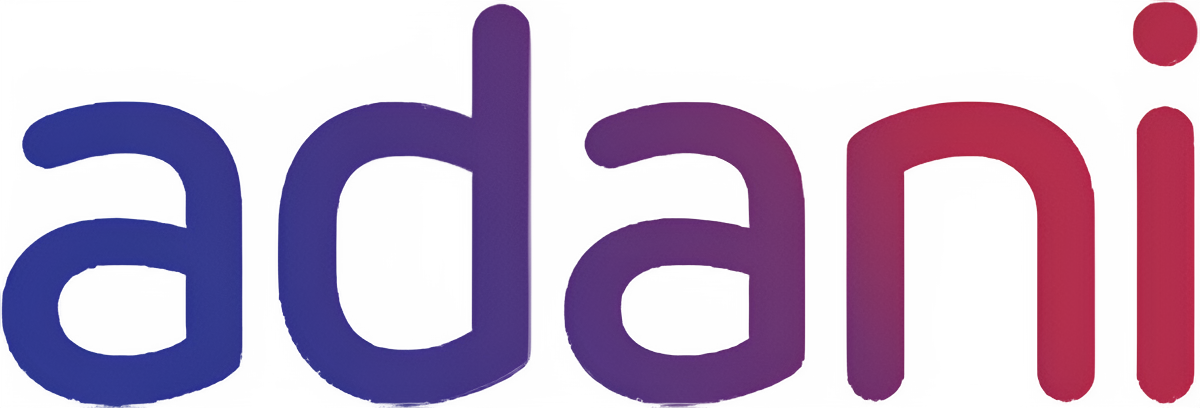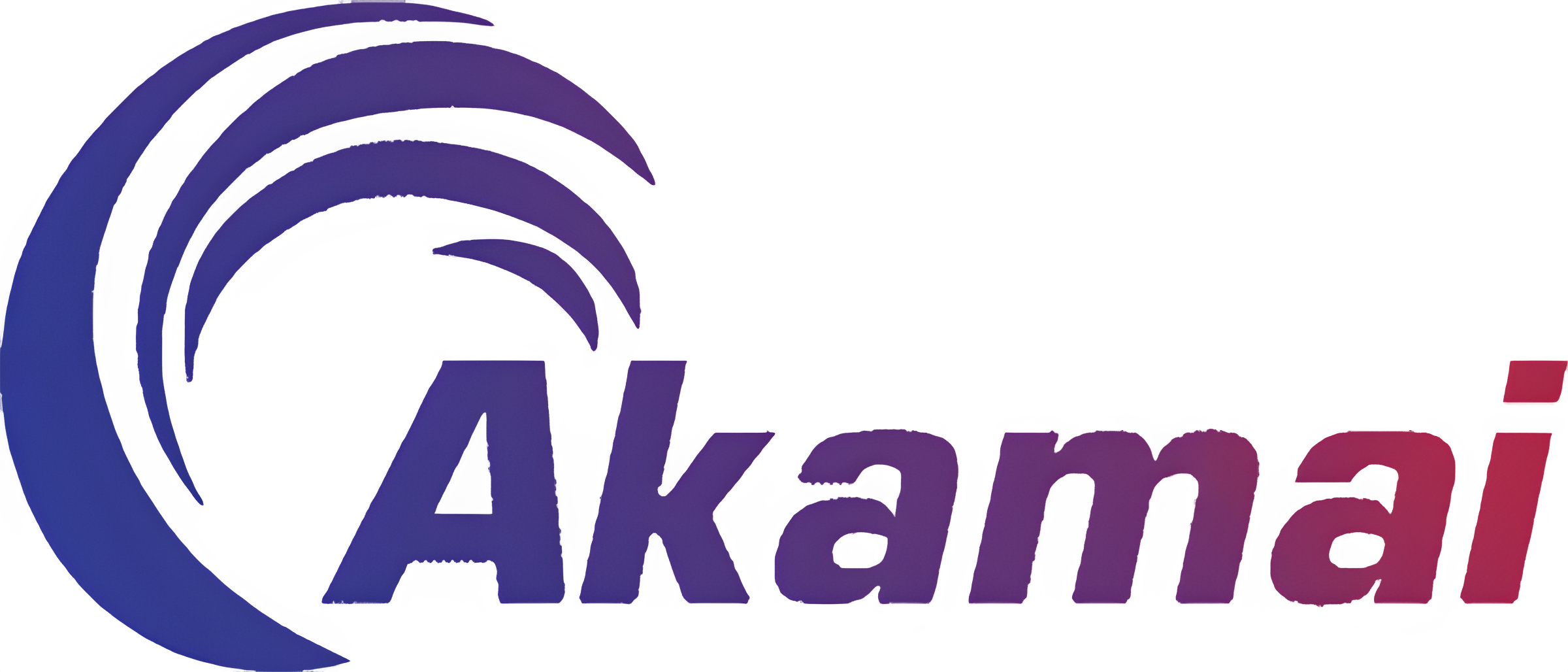Why Every Retail Business Needs an E-commerce App in 2025
In 2025, mobile commerce will represent nearly 60 percent of total e-commerce sales—about $4 trillion—making dedicated shopping apps essential for retail brands seeking growth and loyalty. Compared to mobile websites, e-commerce apps convert at 157 percent higher rates and drive 10–120 percent higher average order values through features like push notifications, offline access, and personalized recommendations. While mobile app development cost for a fully featured retail MVP ranges from $25,000 to $70,000, complex apps with advanced UX, AI-driven personalization, and seamless integrate a payment gateway flows can exceed $150,000.
Ongoing support by an affordable software maintenance company—typically 15–20 percent of initial development costs annually—ensures security, performance, and feature updates. By partnering with a specialized e commerce app development company and complementing mobile presence with an ecommerce website development company or custom website design company offering affordable web development services, retailers can build a cohesive omnichannel ecosystem that meets modern consumer expectations and drives long-term profitability.
The Mobile Commerce Imperative
Mobile devices now drive the majority of online shopping traffic, with consumers favoring apps for speed, convenience, and personalized experiences. In 2025, 59 percent of global e-commerce transactions will occur via mobile apps, reflecting both widespread smartphone penetration and the superior performance of native applications. Retailers that rely solely on mobile websites risk losing conversions: mobile apps outpace websites by delivering streamlined checkout flows, saved payment details, and contextual push messages that re-engage users.
The shift toward apps has profound implications for customer acquisition and retention. Push notifications boast open rates of up to 90 percent, compared to under 25 percent for email, enabling timely promotions and abandoned cart reminders that recover lost sales and boost engagement. Moreover, apps can function offline—caching product catalogs and user preferences—so customers can browse even with intermittent connectivity, reducing friction and building loyalty. In contrast, mobile websites suffer from slower load times and higher bounce rates under weak network conditions.
Also Read :- Cost to Develop a Home Service App Like Urban Company in 2025
Key Features That Drive App Engagement
A world-class retail app goes beyond basic browsing and checkout. Essential features include:
- One-Tap Checkout: Leveraging stored payment credentials and biometric authentication for near-instant transactions.
- Personalized Recommendations: AI-powered product suggestions based on browsing history and purchase behavior, increasing average order value by 10–120 percent.
- Loyalty and Rewards Programs: Integrated point systems and exclusive in-app promotions encourage repeat purchases.
- Augmented Reality (AR) Previews: Virtual try-ons for fashion and home décor, reducing return rates and boosting confidence.
- Real-Time Inventory and Delivery Tracking: Live stock updates and order status push notifications enhance transparency and trust.
Building these capabilities often requires collaboration with a dedicated mobile app development company that specializes in on-demand app development and understands both front-end UX and back-end scalability.
Architecture & Technology Stack
Under the hood, scalable retail apps rely on a microservices architecture deployed in the cloud. Core modules—catalog, user profiles, recommendations, payments, and messaging—run as independent services, allowing each to scale under load and update without impacting the whole system. Popular front-end frameworks like React Native or Flutter enable high code reuse across Android and iOS, reducing development time and mobile app development cost by up to 40 percent compared to separate native builds.
Back-end services typically include:
- API Gateway: Central routing and security.
- User and Session Store: PostgreSQL or MySQL for structured data.
- NoSQL Cache: Redis or Cassandra for high-velocity session and product data.
- AI/ML Pipelines: Python or TensorFlow services for recommendations and analytics.
- Push Notification Service: Integration with FCM and APNs for reliable messaging.
Container orchestration tools (Kubernetes, AWS ECS) manage auto-scaling and rolling deployments, while continuous integration/continuous deployment (CI/CD) pipelines ensure rapid, safe releases.
Must Read: - How Much Does it Cost to Build an Advanced Healthcare App Like Sehhaty in Saudi Arabia?
Cost Breakdown & Budget Planning
Estimating mobile app development cost involves mapping features to development effort. Typical budgets fall into three tiers:
| Tier | Features | Cost Range (USD) |
|---|
| MVP | User auth, catalog browsing, basic cart, checkout, notifications | $25,000 – $70,000 |
| Mid-Tier | AI recommendations, AR previews, loyalty program, chat support | $70,000 – $150,000 |
| Enterprise | Omnichannel APIs, advanced analytics, global CDN, multi-region scale | $150,000 + |
Regional development rates vary: North America ($100–200/hr), Eastern Europe ($40–80/hr), South Asia ($25–50/hr). Partnering with an affordable software development company can optimize costs while delivering robust features and compliance.
Payment Integration & Security
A seamless checkout is non-negotiable. To integrate a payment gateway, choose PCI-DSS–compliant partners (Stripe, PayPal, local options) and decide between hosted pages or embedded SDKs based on user experience and compliance burden. Tokenization reduces fraud risk by never storing raw card data, and webhooks enable real-time updates of payment statuses. Implementing security best practices (TLS 1.2+, AES-256 encryption, OAuth 2.0) safeguards transactions and user data, a critical trust factor for any e-commerce platform.
Also Read: - Step-by-Step Guide to Create a Messaging App Like WhatsApp
Designing for Conversion & Retention
User experience (UX) design directly impacts conversion rates. Simplify onboarding with social login or phone OTP, minimize steps to checkout, and provide clear progress indicators. Use progressive enhancement—loading critical UI first and deferring non-essential assets—to keep each interaction under 200 ms. Incorporate smart micro-interactions: button animations, skeleton screens, and immediate feedback on user actions.
Retaining users requires an app that evolves with customer needs. Personalize home screens based on browsing patterns, use segmentation for targeted push campaigns, and implement in-app feedback channels. According to Business of Apps, average day-one retention for shopping apps is 24.5 percent, dropping to 4.2 percent by day seven—emphasizing the need for continuous engagement strategies.
Complementary Web Presence
While apps drive engagement, a strong web store remains vital for SEO and broad reach. An Ecommerce Website Development Company can build responsive, SEO-optimized sites that integrate seamlessly with mobile apps via shared APIs and deep linking. Partnering with a custom website design company ensures a unique brand identity and user flow. For cost-conscious businesses, affordable web development services offer standard frameworks (Shopify, WooCommerce) with custom theming to balance price and performance.
Ongoing Maintenance & Support
Post-launch, apps require vigilant upkeep. Industry norms allocate 15–20 percent of initial development costs annually to maintenance, covering OS upgrades, security patches, and feature tweaks. An affordable software maintenance company provides 24/7 monitoring, incident response, and regular performance optimizations. This investment preserves app health and user satisfaction, preventing technical debt from accumulating.
Must Read: - Why Logistics Software Development Is Essential for Modern Supply Chains
Selecting Your Development Partners
Choosing the right vendors is crucial. A specialized ecommerce app development company brings domain expertise in retail workflows and conversion optimization. A reputable mobile app development company ensures deep technical skills across platforms. For budget-sensitive projects, an affordable software development company—often leveraging offshore talent—can deliver competitive rates. For web storefronts, align with an ecommerce website development company or custom website design company that shares your vision for omnichannel integration.
Key partner selection criteria include:
- Proven e-commerce portfolio and case studies.
- Transparent pricing models (fixed bid vs. time & materials).
- Strong UX/UI design capabilities and A/B testing processes.
- DevOps and CI/CD expertise for rapid, reliable releases.
- Post-launch support SLAs and maintenance plans.
Conclusion
In 2025, e-commerce apps are indispensable for retail businesses looking to thrive in an increasingly mobile-first world. With mobile commerce set to account for $4 trillion, dedicated apps deliver superior conversion, engagement, and personalization compared to mobile websites. While mobile app development cost varies by feature set—ranging from $25,000 for MVPs to $150,000+ for advanced solutions—a well-scoped project managed by a mobile app development company or affordable software development company can maximize ROI. Complementary web initiatives through an ecommerce website development company or custom website design company ensure brand consistency and broad reach. Ongoing support by an affordable software maintenance company protects your investment and keeps your app secure and performant. By embracing a holistic, omnichannel e-commerce strategy in 2025, retail brands can capture market share, deepen customer loyalty, and sustain long-term growth.
Dinoustech Private Limited is ready to partner with you—leveraging our expertise in E commerce App Development, affordable web development services, and end-to-end digital solutions—to build the app your business needs to succeed.

















